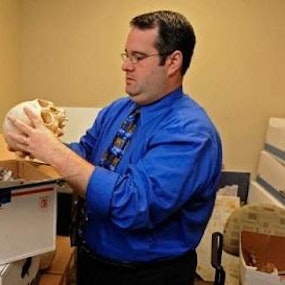Episode 6 - "They rode for Parker" - Oak Cemetery, Fort Smith, Arkansas

Jennie and Diane speak with Ryan M. Seidemann, lawyer, archeologist, anthropologist, professor, and cemeterian as he tells the true story of the U.S. Marshalls and Judge Issac Parker (often known as the Hangin' Judge) at Fort Smith, Arkansas from the 1870's through the 1890's. He takes us through Oak Cemetery and explains how they chose to be remembered vs. how the generations of the mid-late 20th century have embraced their wild west legacy. From novels to Hollywood movies with John Wayne, Clint Eastwood and Jeff Bridges we learn how the modern U.S. Marshalls are embracing their history, the good, the bad and the ugly to paint a true picture of life on the borderlands of the old west.
💀 Resources for this episode include:
Seidemann, Ryan M.. "Hell on the Border: Revisionist History in Oak Cemetery, Fort Smith, Arkansas." Markers XXIX: Annual Journal for the Association of Gravestone Studies, vol. 29, 2017, pp. 54-77.
"Department of Anthropology/Ryan Seidemann." https://anthro.fsu.edu. anthro.fsu.edu/alumni/ryan-seidmann. Accessed 11 Nov. 2020.

Ryan M. Seidemann
Lawyer, Archeologist, Anthropologist, Professor
Ryan M. Seidemann earned a B.A. in anthropology from Florida State University, an M.A. in anthropology from Louisiana State University and was a contract archaeologist for several years before earning J.D. and B.C.L. degrees in law from Louisiana State University. He is now the Chief of the Lands & Natural Resources Section of the Louisiana Department of Justice and his clients include the Louisiana Division of Archaeology, the Louisiana State Mineral and Energy Board, and the Louisiana Cemetery Board. Mr. Seidemann is also an adjunct professor of law at the Southern University Law Center in Baton Rouge. Mr. Seidemann's research includes examinations of water and wetlands law, cemetery and archaeological site protection law, and human remains analysis. He has authored more than 50 publications in the fields of law, anthropology, and cemetery studies.












